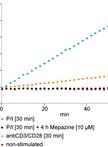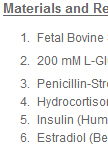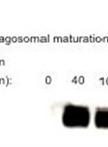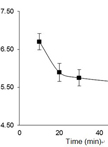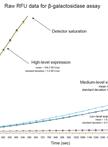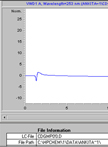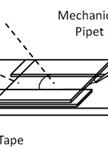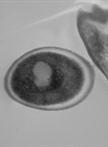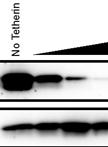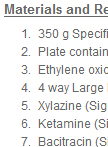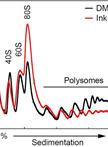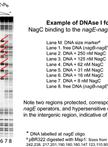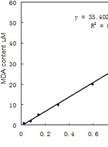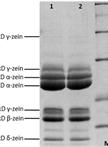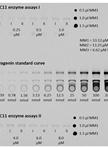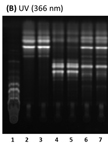- Protocols
- Articles and Issues
- About
- Become a Reviewer
Past Issue in 2013
Volume: 3, Issue: 14
Cancer Biology
Measurement of Endogenous MALT1 Activity
Estradiol Receptor (ER) Chromatin Immunoprecipitation in MCF-7 Cells
Immunology
Isolation of Phagosomes from Dendritic Cells by Using Magnetic Beads
Endosomal pH Measurement in Bone Marrow Derived Dendritic Cells
Microbiology
High-throughput β-galactosidase and β-glucuronidase Assays Using Fluorogenic Substrates
Extraction and Quantification of Cyclic Di-GMP from Pseudomonas aeruginosa
Analyzing Inhibitory Effects of Reagents on Mycoplasma Gliding and Adhesion
Preparation of Candida albicans Biofilms for Transmission Electron Microscopy
HIV-1 Virus-like Particle Budding Assay
Preparation of Candida albicans Biofilms Using an in vivo Rat Central Venous Catheter Model
Molecular Biology
Polysome Profiling Analysis
DNase I Footprinting to Identify Protein Binding Sites
Plant Science
Analysis of Malondialdehyde, Chlorophyll Proline, Soluble Sugar, and Glutathione Content in Arabidopsis seedling
Maize Endosperm Protein Extraction and Analysis
Determination of Enzyme Kinetic Parameters of UDP-glycosyltransferases
Extraction and Reglucosylation of Barbarea vulgaris Sapogenins


